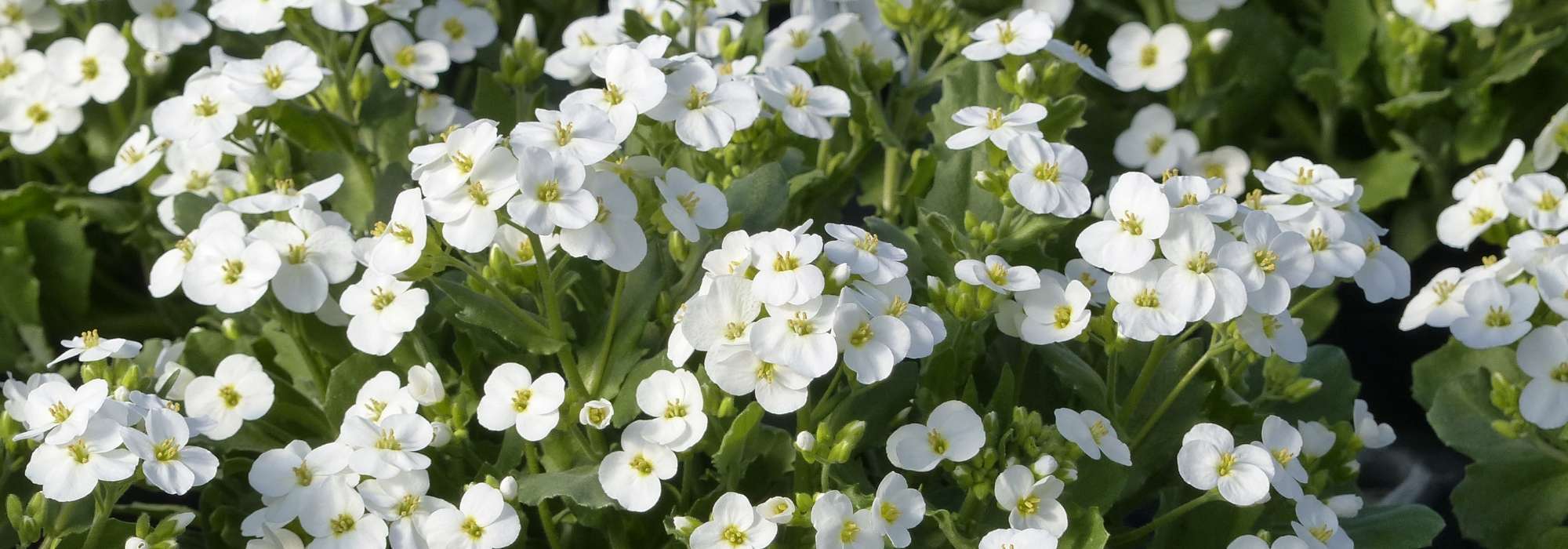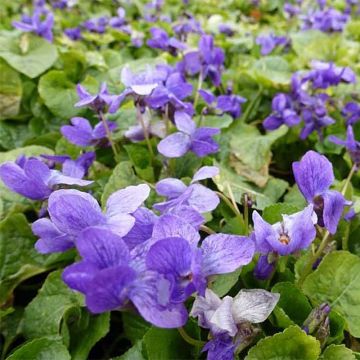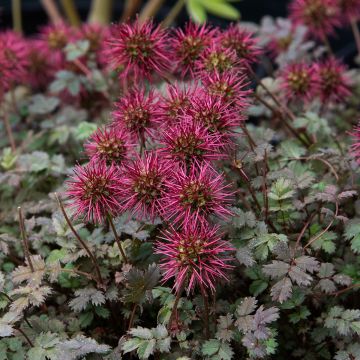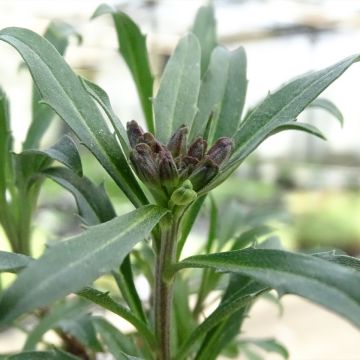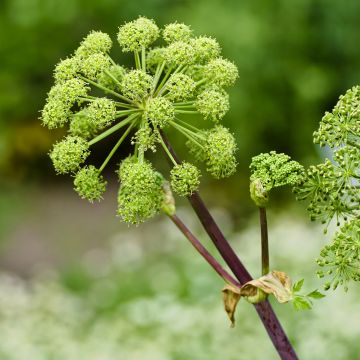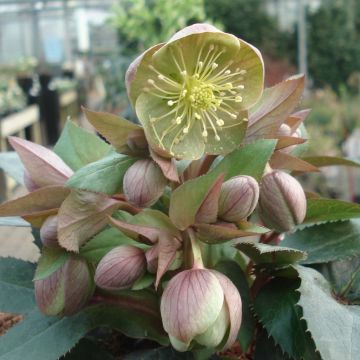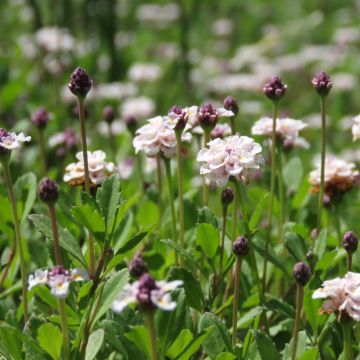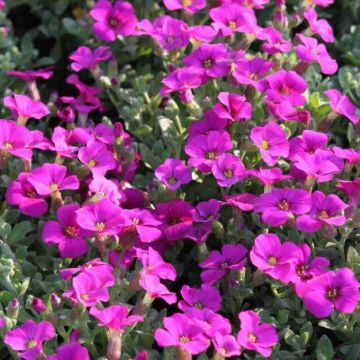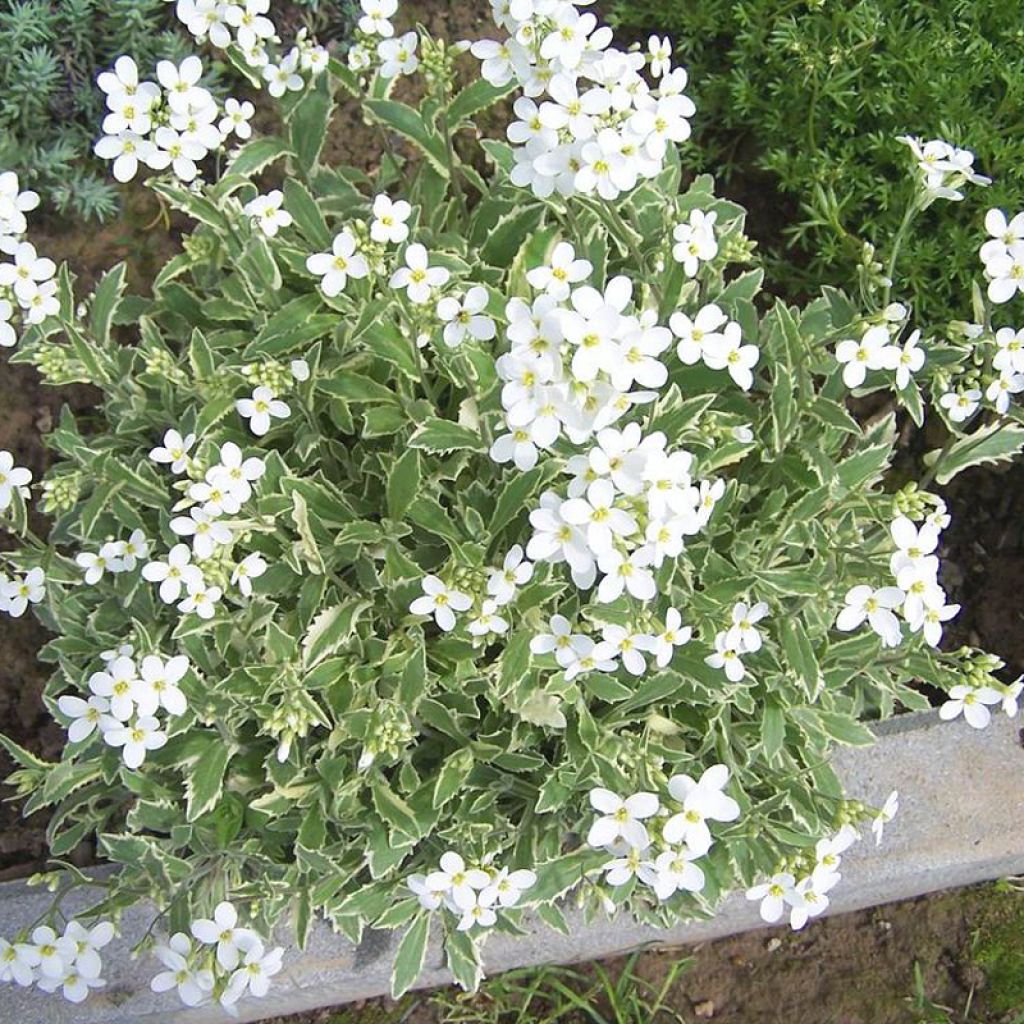

Arabis alpina subsp. caucasica Variegata
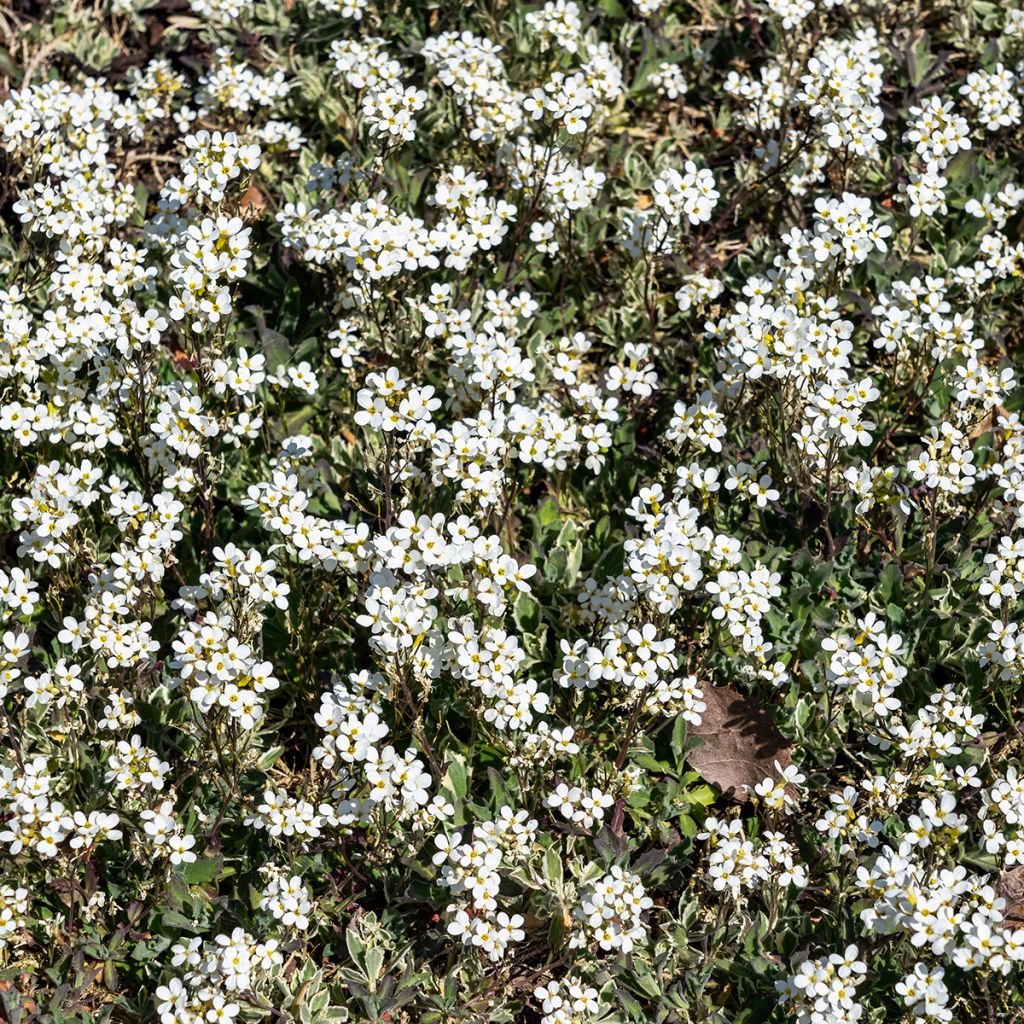

Arabis alpina subsp. caucasica Variegata
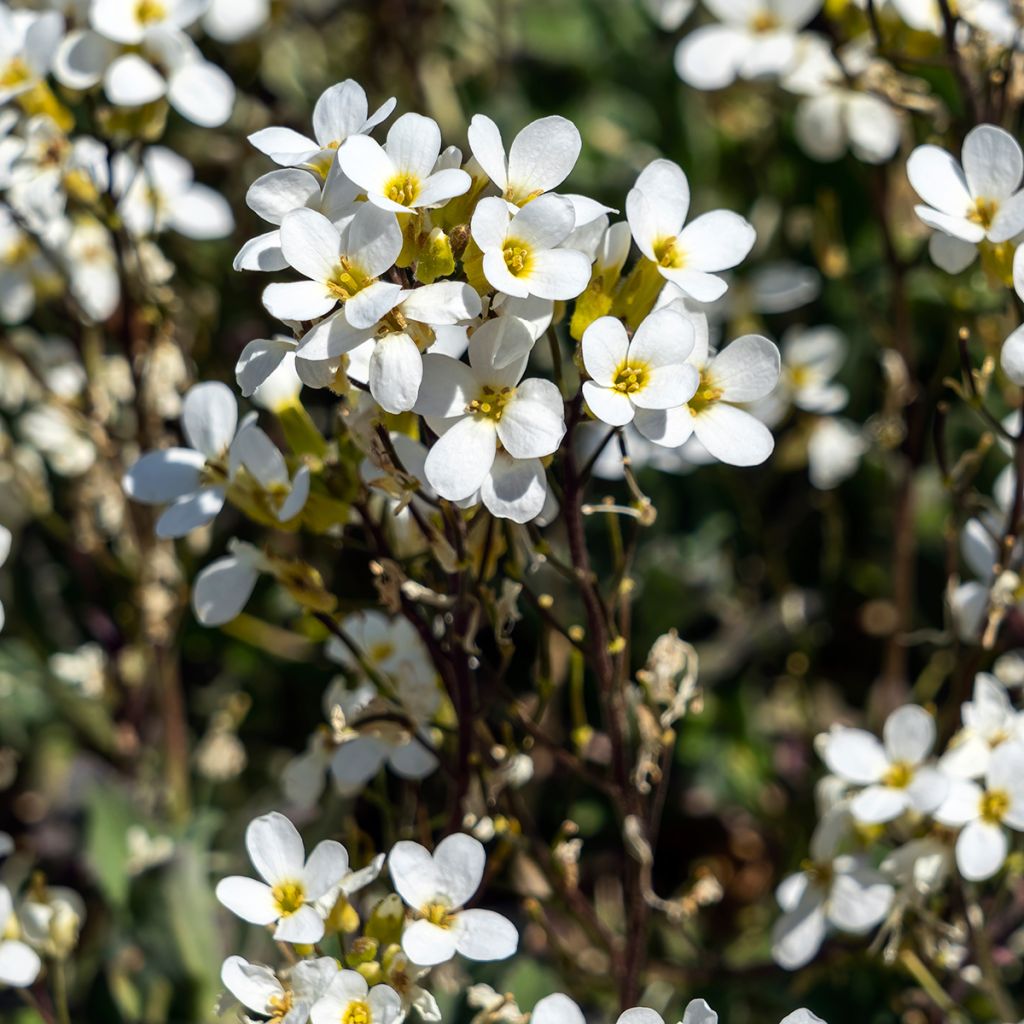

Arabis alpina subsp. caucasica Variegata


Arabis alpina subsp. caucasica Variegata
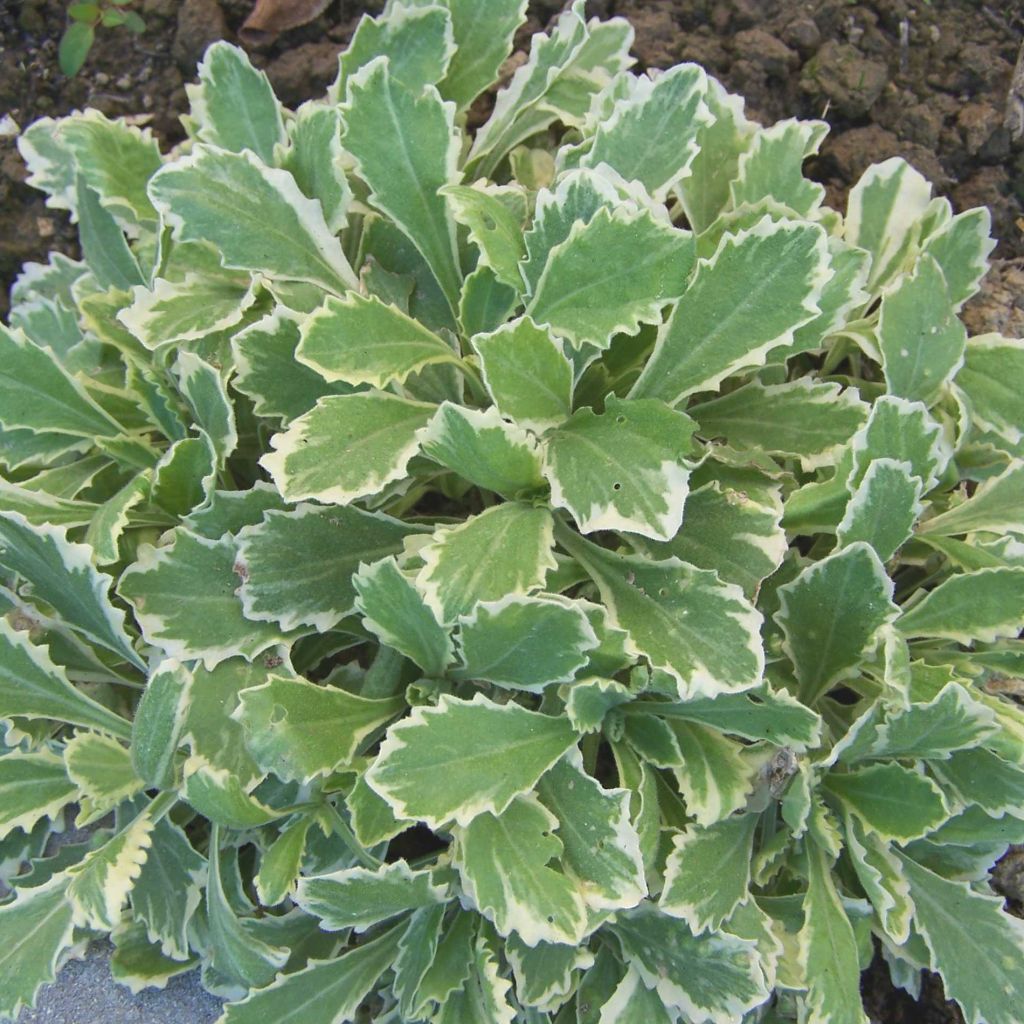

Arabis alpina subsp. caucasica Variegata
Arabis alpina subsp. caucasica Variegata
Arabis caucasica Variegata
Mountain Rock Cress, Alpine Rock Cress, Alpine Rockcress, Caucasus Rockcress, Wall Rock Cress
Thank you to Anne-Flore (order preparation & quality control) and the shipping department, the three young plants received appear healthy. Once planted, I will wait for them to establish themselves...
Thierry, 08/06/2019
Special offer!
Receive a €20 voucher for any order over €90 (excluding delivery costs, credit notes, and plastic-free options)!
1- Add your favorite plants to your cart.
2- Once you have reached €90, confirm your order (you can even choose the delivery date!).
3- As soon as your order is shipped, you will receive an email containing your voucher code, valid for 3 months (90 days).
Your voucher is unique and can only be used once, for any order with a minimum value of €20, excluding delivery costs.
Can be combined with other current offers, non-divisible and non-refundable.
Home or relay delivery (depending on size and destination)
Schedule delivery date,
and select date in basket
This plant carries a 12 months recovery warranty
More information
We guarantee the quality of our plants for a full growing cycle, and will replace at our expense any plant that fails to recover under normal climatic and planting conditions.
Would this plant suit my garden?
Set up your Plantfit profile →
Description
The Arabis alpina ssp. Caucasica variegata or Caucasian Rock Cress is a creeping perennial with a rounded cushion-like habit. Its evergreen foliage has harmonious shades: its small leaves are grey-green with a white-cream margin tinged with yellow. It bears numerous small white and fragrant flowers that bloom from March to May if the climate is suitable.
An ideal rock garden plant, the Caucasian Rock Cress prefers dry soils but can tolerate moist soils as long as they are well-drained. It thrives in a very sunny position that allows abundant flowering, although it will produce larger and fuller foliage if placed in partial shade. Hardy down to -15°C (5°F) and requiring minimal maintenance, apart from a light pruning at the end of flowering to maintain a uniform cushion shape, it is a very easy perennial. It can also be used as a ground cover at the edge of a border, in a flowering pavement, as a crown for a low wall, or on a slope.
Arabis plants have long creeping stems that readily branch out and root, spreading in all directions. They are covered with small obovate and toothed leaves, measuring 3 cm (1in) long, forming a thick mat. At the tips of the stems, numerous clusters bear pretty small flowers about 1 cm (1in) in diameter. These flowers have four petals arranged in a cross shape with a slight light yellow centre. Their simplicity adds to their charm.
The compact size of Variegata (15 cm (6in) tall by 20 cm (8in) wide) makes it perfect for planting among bulbs, such as Muscari and Narcissus. It will add charm to spring scenes in borders, providing volume and light. In pots or containers, it will accompany Daisies, Forget-me-nots, and Tulips, adding fragrance to the end of winter.
Lastly, thanks to its evergreen foliage with soft tones, it fills in bare gaps throughout the year: pathways, rock gardens, and the base of walls alongside Alyssum and Aubrieta.
Arabis alpina subsp. caucasica Variegata in pictures


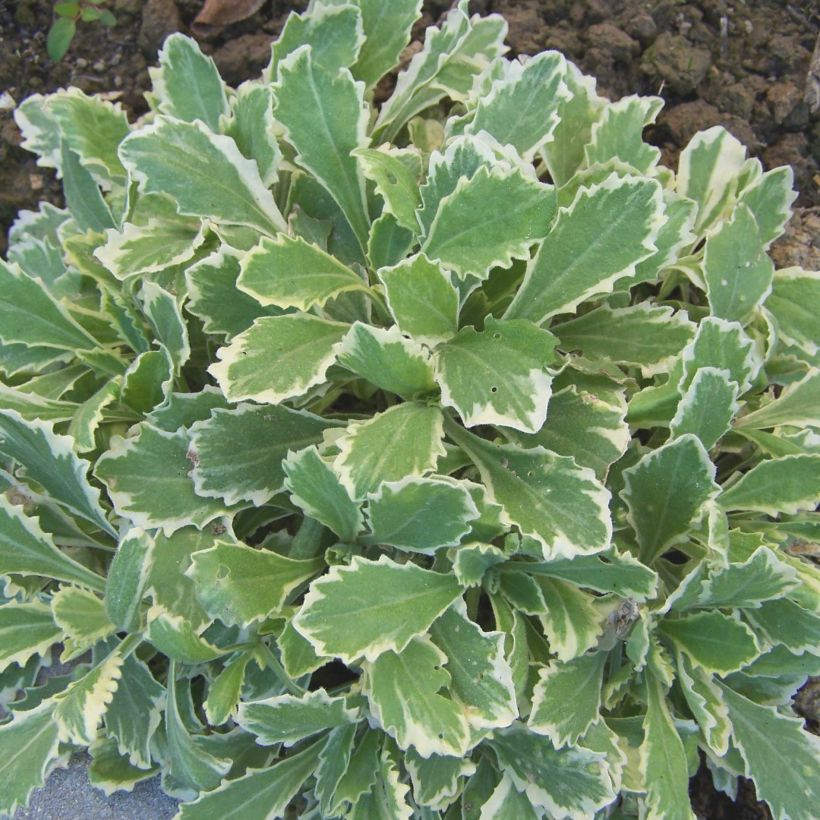

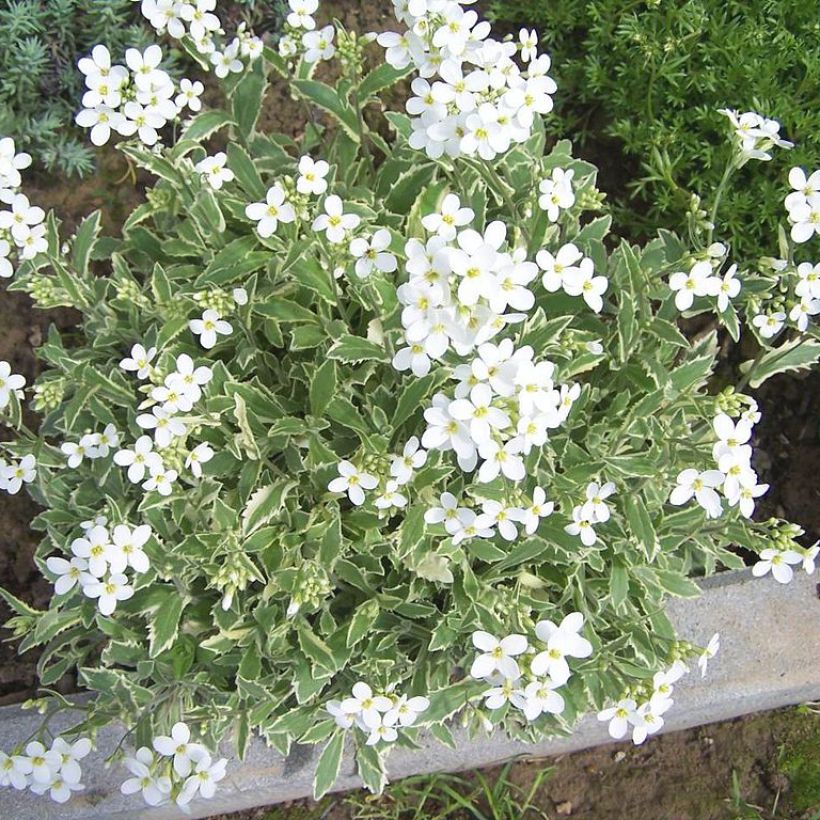

Flowering
Foliage
Plant habit
Botanical data
Arabis
caucasica
Variegata
Brassicaceae
Mountain Rock Cress, Alpine Rock Cress, Alpine Rockcress, Caucasus Rockcress, Wall Rock Cress
Mediterranean
Planting and care
The Arabis caucasica Variegata is an easy-to-grow plant that can thrive in different soil and lighting conditions. It can handle even the driest soils and full sun exposure, but it also does well in semi-shaded and more humid areas. When planting in such conditions, ensure the soil is well-drained or mix in some gravel. This plant needs sunlight to flower, so it's best to give it a few hours of direct sunlight. You can plant it in different places such as flower beds, rockeries, pots, or between the slabs of a pathway or on top of a wall. If you grow it in challenging conditions like on a wall, add soil and gravel to help it root and water it when planting. To maintain its shape, you can prune the flower stalks when flowering is over.
Planting period
Intended location
Care
Planting & care advice
-
, onOrder confirmed
Reply from on Promesse de fleurs
Similar products
Haven't found what you were looking for?
Hardiness is the lowest winter temperature a plant can endure without suffering serious damage or even dying. However, hardiness is affected by location (a sheltered area, such as a patio), protection (winter cover) and soil type (hardiness is improved by well-drained soil).

Photo Sharing Terms & Conditions
In order to encourage gardeners to interact and share their experiences, Promesse de fleurs offers various media enabling content to be uploaded onto its Site - in particular via the ‘Photo sharing’ module.
The User agrees to refrain from:
- Posting any content that is illegal, prejudicial, insulting, racist, inciteful to hatred, revisionist, contrary to public decency, that infringes on privacy or on the privacy rights of third parties, in particular the publicity rights of persons and goods, intellectual property rights, or the right to privacy.
- Submitting content on behalf of a third party;
- Impersonate the identity of a third party and/or publish any personal information about a third party;
In general, the User undertakes to refrain from any unethical behaviour.
All Content (in particular text, comments, files, images, photos, videos, creative works, etc.), which may be subject to property or intellectual property rights, image or other private rights, shall remain the property of the User, subject to the limited rights granted by the terms of the licence granted by Promesse de fleurs as stated below. Users are at liberty to publish or not to publish such Content on the Site, notably via the ‘Photo Sharing’ facility, and accept that this Content shall be made public and freely accessible, notably on the Internet.
Users further acknowledge, undertake to have ,and guarantee that they hold all necessary rights and permissions to publish such material on the Site, in particular with regard to the legislation in force pertaining to any privacy, property, intellectual property, image, or contractual rights, or rights of any other nature. By publishing such Content on the Site, Users acknowledge accepting full liability as publishers of the Content within the meaning of the law, and grant Promesse de fleurs, free of charge, an inclusive, worldwide licence for the said Content for the entire duration of its publication, including all reproduction, representation, up/downloading, displaying, performing, transmission, and storage rights.
Users also grant permission for their name to be linked to the Content and accept that this link may not always be made available.
By engaging in posting material, Users consent to their Content becoming automatically accessible on the Internet, in particular on other sites and/or blogs and/or web pages of the Promesse de fleurs site, including in particular social pages and the Promesse de fleurs catalogue.
Users may secure the removal of entrusted content free of charge by issuing a simple request via our contact form.
The flowering period indicated on our website applies to countries and regions located in USDA zone 8 (France, the United Kingdom, Ireland, the Netherlands, etc.)
It will vary according to where you live:
- In zones 9 to 10 (Italy, Spain, Greece, etc.), flowering will occur about 2 to 4 weeks earlier.
- In zones 6 to 7 (Germany, Poland, Slovenia, and lower mountainous regions), flowering will be delayed by 2 to 3 weeks.
- In zone 5 (Central Europe, Scandinavia), blooming will be delayed by 3 to 5 weeks.
In temperate climates, pruning of spring-flowering shrubs (forsythia, spireas, etc.) should be done just after flowering.
Pruning of summer-flowering shrubs (Indian Lilac, Perovskia, etc.) can be done in winter or spring.
In cold regions as well as with frost-sensitive plants, avoid pruning too early when severe frosts may still occur.
The planting period indicated on our website applies to countries and regions located in USDA zone 8 (France, United Kingdom, Ireland, Netherlands).
It will vary according to where you live:
- In Mediterranean zones (Marseille, Madrid, Milan, etc.), autumn and winter are the best planting periods.
- In continental zones (Strasbourg, Munich, Vienna, etc.), delay planting by 2 to 3 weeks in spring and bring it forward by 2 to 4 weeks in autumn.
- In mountainous regions (the Alps, Pyrenees, Carpathians, etc.), it is best to plant in late spring (May-June) or late summer (August-September).
The harvesting period indicated on our website applies to countries and regions in USDA zone 8 (France, England, Ireland, the Netherlands).
In colder areas (Scandinavia, Poland, Austria...) fruit and vegetable harvests are likely to be delayed by 3-4 weeks.
In warmer areas (Italy, Spain, Greece, etc.), harvesting will probably take place earlier, depending on weather conditions.
The sowing periods indicated on our website apply to countries and regions within USDA Zone 8 (France, UK, Ireland, Netherlands).
In colder areas (Scandinavia, Poland, Austria...), delay any outdoor sowing by 3-4 weeks, or sow under glass.
In warmer climes (Italy, Spain, Greece, etc.), bring outdoor sowing forward by a few weeks.






























